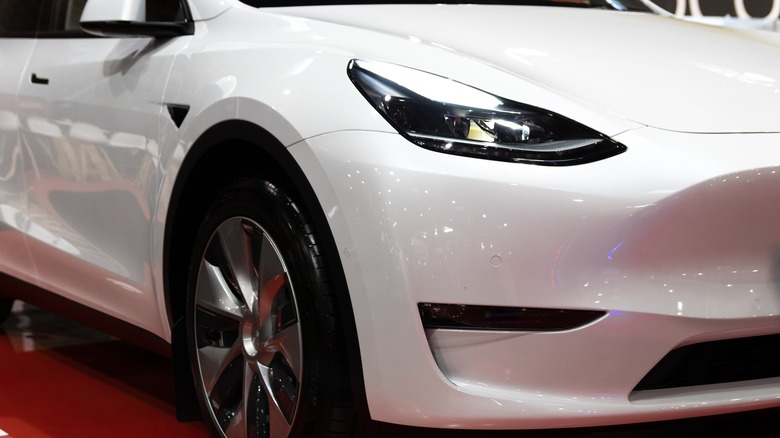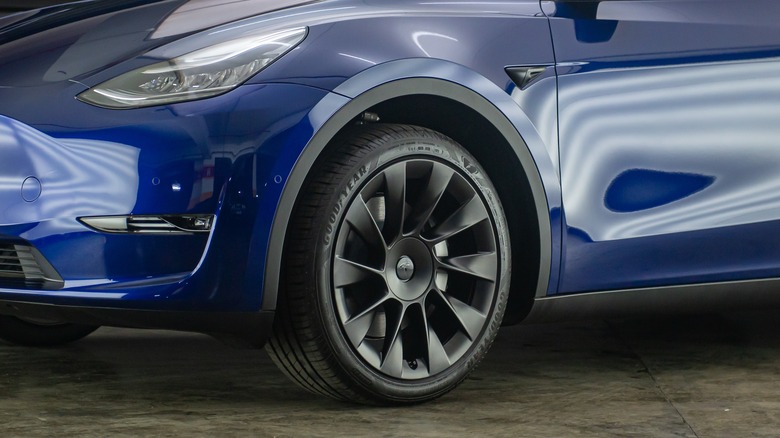Tesla "Phantom Braking" Earns Elon Musk Another Fed Investigation
Tesla and the National Highway Traffic and Safety Administration (NHTSA) have launched yet another investigation into a Tesla model after receiving numerous complaints from customers. Tesla and its CEO Elon Musk have achieved wide acclaim for the company's EV and autonomous vehicle technologies as well as the driveability of its cars. However, it has found itself in the sights of the NHTSA a lot more than either it or its customers would like.
The NHTSA has launched investigations into Tesla for, among other things, its in-car gaming features, fatal crashes allegedly related to its Autopilot tech, and its 'Yoke' steering wheel. This time, the NHTSA is investigating a so-called "phantom braking" issue reportedly plaguing owners of its 2021-2022 Model 3 and Model Y owners.
According to the administration, it has received 354 complaints from customers over the past nine months who have alleged unexpected and sudden deceleration seemingly due to autonomously applied braking, or "phantom braking." The NHTSA says that "while the ADAS (advanced driver assistance system) features including adaptive cruise control, the vehicle unexpectedly applies its brakes while driving at highway speeds."
The NHTSA goes on to state, "Complainants report that the rapid deceleration can occur without warning, at random, and often repeatedly in a single drive cycle." As a result, the administration is opening a Preliminary Evaluation (PE) to determine the cause and severity of the problem.
Brake-by-wire and ADAS will be a key focus for investigators
Needless to say, instances of unexpected and rapid braking are a serious safety concern. Electric vehicles differ from traditional gas or diesel powered versions by typically blending physical brakes with regenerative braking, where the car's motors act as generators to recuperate power and feed it back into the battery when the EV slows. However, mechanical brakes are still present, for more aggressive slowing, when the limits of the regenerative braking are reached but the driver wants to further reduce speed, and as a backup in the case of system failure.
This combined mechanical and recuperative braking system is also connected to the radar and sensor-powered ADAS for the autonomous application of the brakes. At this stage, it hasn't been determined which aspect of Tesla's 2021-2022 Model 3 and Model Y systems may be affected, though the automaker did shift to a fully camera-based Autopilot system for the cars, rather than blending camera and radar.
Tesla has reshaped the automotive industry by delivering upgrades to its cars after sale through over-the-air software updates, much like consumers are familiar with receiving on devices like smartphones. However, while bugs on consumer electronics devices don't typically create life or death situations, this is entirely a different situation when it comes to cars and the software and systems that power braking and autonomous driving capabilities. In this instance, it doesn't appear that any of the affected Tesla Model 3 or Model Y drivers have been in a serious crash as a result of the apparent malfunction, but it may be something that Tesla can address with a software update.

